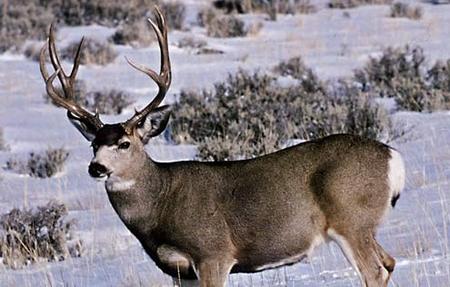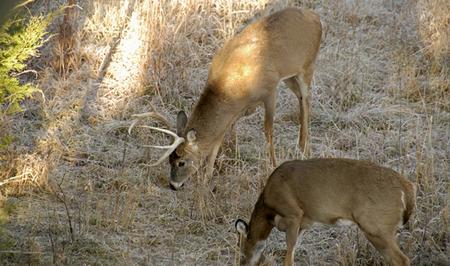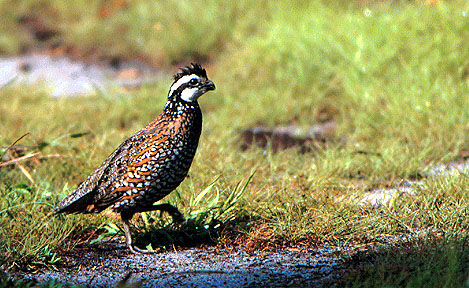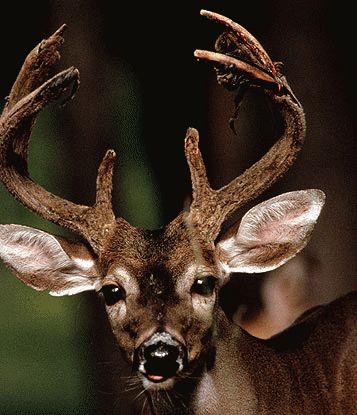Mountain lions are known to kill deer, but it’s not very often that anyone gets to see a cougar killing its prey. In fact, it is a special occassion to even have the opportunity to see a mountian lion in the wild. The persons filming the video below were not only fortunate enough to see a mountain lion, but they were lucky enough to witness the animal killing a mule deer and capture the whole thing on camera.
Most mountain lion sightings are unreliable, but a video can substantiate just about anything. The following event was filmed in August 2008 and was captured on video by local hiker Jen Kulier, who wrote to to describe how she and her friends captured this video in the Crags on the backside of Pikes Peak:
“Some friends (Mark Lee, Keith Emmons, Jackson Solway) and I were getting an early start to summit Pikes Peak from the Crags last August. We were driving up the road to the trailhead at about 6 am. I was riding shotgun and holding a video camera, because we planned to film some of our hike. Just before we got to the Mennonite Camp, a deer walked into the road and stopped, so I started filming the deer. At the same time the camera started filming, the mountain lion jumped out from the trees on the side of the road and attacked the deer.”



